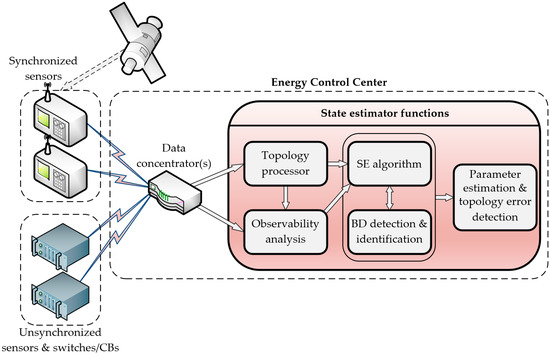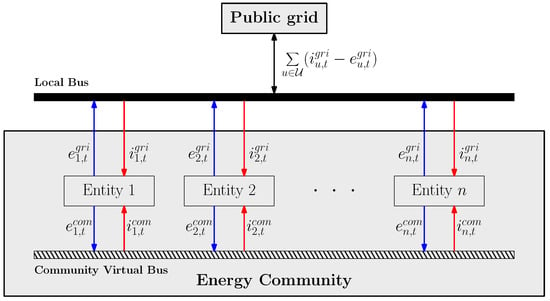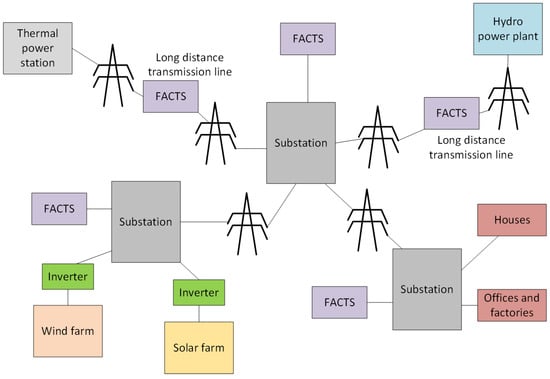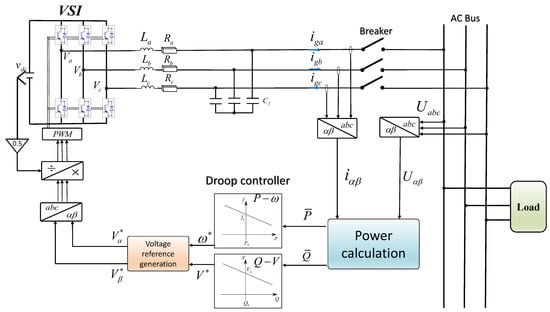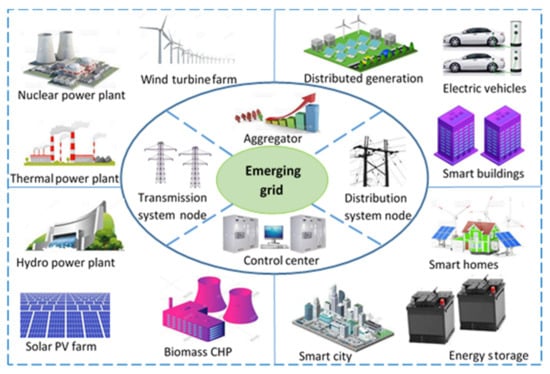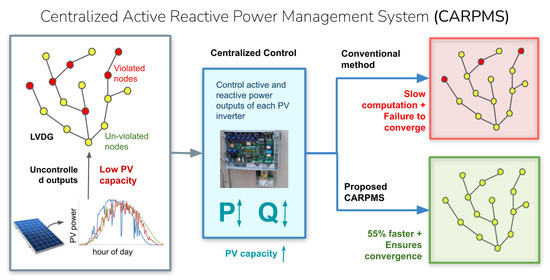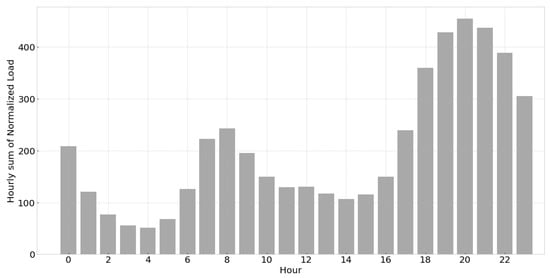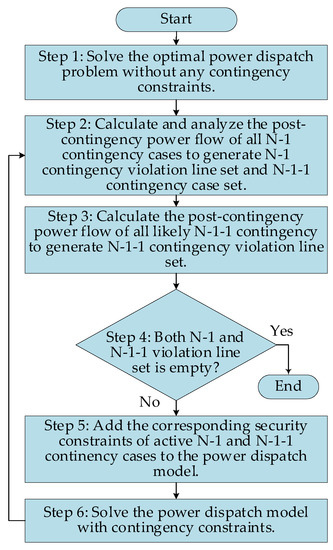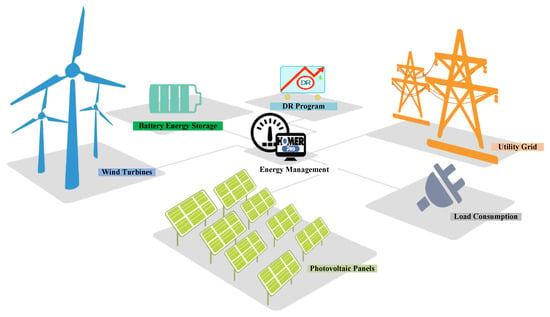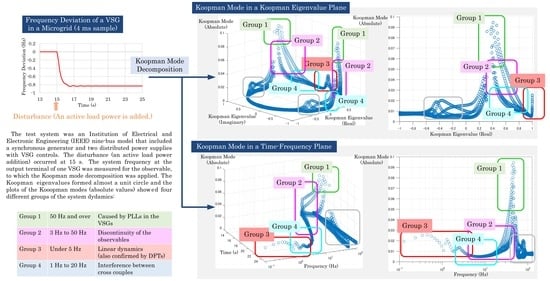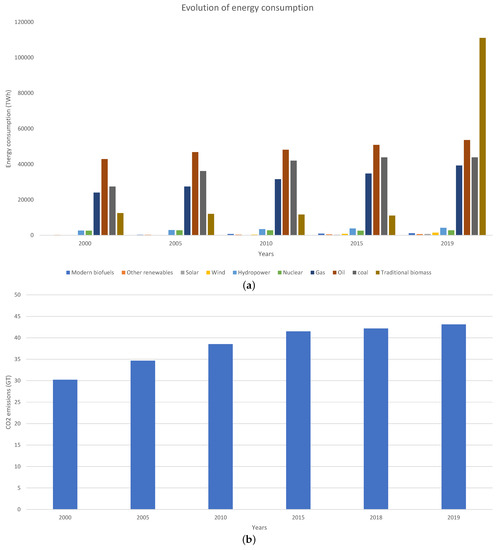Feature Papers in Smart Grids and Microgrids (Closed)
A topical collection in Energies (ISSN 1996-1073). This collection belongs to the section "A1: Smart Grids and Microgrids".
Viewed by 52203Editors
Interests: power electronics; power quality; grid monitoring; renewable energy systems; nonlinear control of power electronics and microgrids
Special Issues, Collections and Topics in MDPI journals
Interests: synchronization systems; signal processing; power quality; stability analysis; small-signal modeling; microgrids
Interests: optimal design and management of energy systems; energy policy; energy economics; power quality; microgrids
Special Issues, Collections and Topics in MDPI journals
Topical Collection Information
Dear Colleagues,
Today, with growing concerns about the environmental effects of electricity generation, the concepts of microgrids and smart grids have received considerable attention in both the industrial and academic communities. Therefore, this Special Issue aims to cover most of the topics involved in the efficient and reliable operation of these systems, such as generation, transmission and distribution, energy storage and load management, smart operation and automated control, communication and cybersecurity, stability, reliability and resiliency, smart metering, monitoring and power quality, IoT integration, regulatory framework influence, and electric vehicle integration.
To deal with these challenges, this Special Issue is addressed to scholars with high academic influence, who are kindly invited to present new contributions, studies, and comments on recently published advances, and reviews in the area of smart grids and microgrids.
Dr. José Matas
Dr. Saeed Golestan
Dr. Helena Martin
Guest Editors
Manuscript Submission Information
Manuscripts should be submitted online at www.mdpi.com by registering and logging in to this website. Once you are registered, click here to go to the submission form. Manuscripts can be submitted until the deadline. All submissions that pass pre-check are peer-reviewed. Accepted papers will be published continuously in the journal (as soon as accepted) and will be listed together on the collection website. Research articles, review articles as well as short communications are invited. For planned papers, a title and short abstract (about 100 words) can be sent to the Editorial Office for announcement on this website.
Submitted manuscripts should not have been published previously, nor be under consideration for publication elsewhere (except conference proceedings papers). All manuscripts are thoroughly refereed through a single-blind peer-review process. A guide for authors and other relevant information for submission of manuscripts is available on the Instructions for Authors page. Energies is an international peer-reviewed open access semimonthly journal published by MDPI.
Please visit the Instructions for Authors page before submitting a manuscript. The Article Processing Charge (APC) for publication in this open access journal is 2600 CHF (Swiss Francs). Submitted papers should be well formatted and use good English. Authors may use MDPI's English editing service prior to publication or during author revisions.
Keywords
- Multienergy microgrids and smart grids
- Microgrid hybrid power systems
- Energy storage management
- Power quality, grid monitoring, and smart metering
- Synchronization systems for microgrids and smart grids
- Stability analysis of microgrids and smart grids
- Designing advanced control systems for microgrids and smart grids
- Impedance modeling of microgrids
- IoT integration to smart grids and microgrids
- Cybersecurity, reliability, and resiliency in microgrids and smart grids
- Microgrid protection
- Regulatory framework impact on microgrids
- Demand response and demand side management
- Electric vehicle integration







